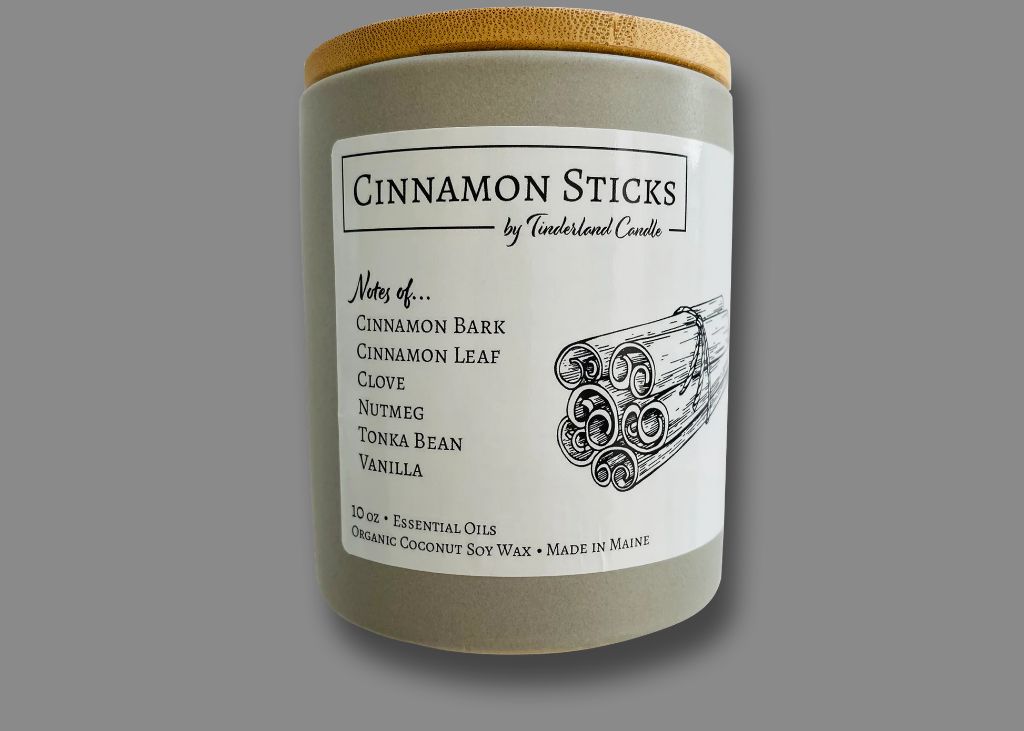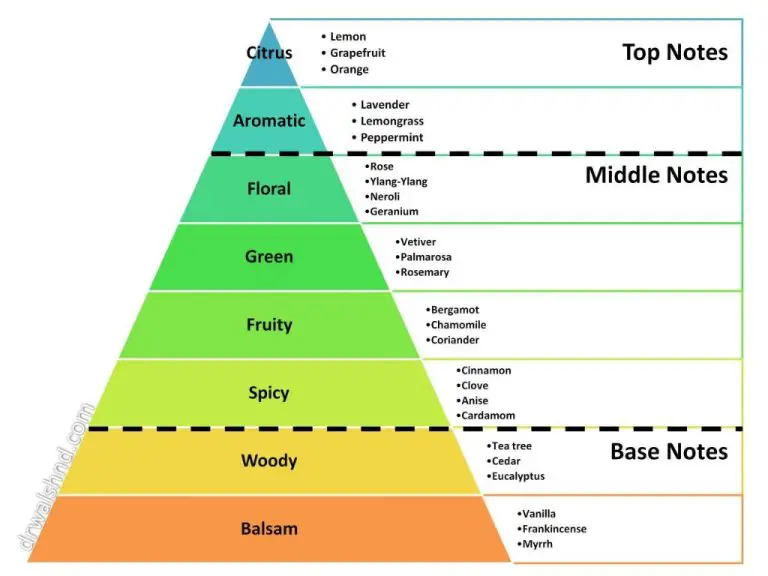What Can I Use To Scent Candles Naturally?
Naturally scented candles are candles that use essential oils, herbs, spices, woods, and other natural ingredients to provide fragrance, rather than synthetic fragrances. Some of the most popular natural scents for candles include lavender, eucalyptus, citrus, pine, cinnamon, and vanilla. The benefits of natural scents vs synthetic fragrances include reduced risk of allergies or sensitivities, more subtle and complex aromas, and ingredients that are non-toxic and better for the environment.
Synthetic fragrances can contain hundreds of chemical ingredients, some of which have been linked to health issues like headaches or respiratory irritation. Natural scented candles rely on pure essential oils and real botanicals to naturally fragrance the air. The natural scents are often lighter and more calming compared to artificial fragrances. With so many plant and herb options to extract oils from, the possibilities for unique, natural scented candles are endless.
Essential Oils
Essential oils are one of the most commonly used and recommended scenting agents for homemade candles. Popular essential oils like lavender, eucalyptus, tea tree, lemon, peppermint, and orange add lovely natural aromas and have excellent scent throw in candles.
Many retailers offer essential oils specifically for candle making, including CandleScience and Bramble Berry. These are often diluted and mixed with carrier oils to be safe for burning. Always check that an essential oil is approved for candles before using.
Essential oils should be added during the candle making process at about 1-2% by weight, so approximately 1-2 ounces per pound of wax. Start with less and add more if desired. Be sure to stir well to fully incorporate the essential oil into the melted wax before pouring into containers. Using too much may clog the wick or create an overpowering scent.
Dried Flowers and Herbs
Some of the most common flowers and herbs used to scent candles naturally include lavender, rose, jasmine, chamomile, rosemary, sage, and mint. Drying these ingredients helps intensify their aromatic qualities.
Flowers and herbs can be air dried by hanging upside down or laying flat on a screen. Another technique is to dry the petals and leaves in a warm oven or food dehydrator. Drying times range from a few hours to 1-2 weeks depending on the plant material and drying method.
Once fully dried, the flowers and herbs can be ground into a fine powder or left whole. Powders tend to release scent more strongly when burned. Whole petals and leaves add visual interest to candle containers. Popular dried flowers used for candles include lavender, rose, hibiscus, and jasmine (Source). Mint, sage, and rosemary are common dried herbs for candles (Source).
Dried flowers and herbs are added to the wax while making candles. About 1-2 tablespoons of dried botanicals per pound of wax is a standard ratio. Too little may not provide enough fragrance, while too much can clog the wick. Testing different amounts is recommended when using a new dried ingredient.
Woods and Resins
Wood chips and pine needles can add pleasant woody aromas to homemade candles. Chips and shavings from cedar, pine, fir, and cypress trees are commonly used. The strong, refreshing scent of evergreens comes from compounds like pinene, limonene, and camphene in the wood and needles (source).
Tree resins are another way to impart woodsy notes. Resins are sappy plant secretions that form on bark wounds. Burning resins like frankincense, myrrh, copal, and benzoin produces smoke with sweet, balsamic, spicy aromas. These can make candles smell like incense or potpourri (source). A little goes a long way with potent resins.
Fruits and Spices
Citrus peels like orange, lemon, grapefruit, and lime can be used to add bright, tart, fruity notes to candles. Dried peels can be placed inside the candle jar or steeped in oils or waxes. The oils from the peels will infuse the wax while the candle burns, releasing the citrusy scent. For a nice vanilla-citrus blend, add some lemon or orange peel to vanilla-scented candles.
Cinnamon sticks are another excellent spice to scent candles. Cinnamon has a warm, cozy aroma perfect for autumn and winter candles. Place 1-2 sticks directly in the jar or steep sticks in melted wax before pouring candles. The scent will become more robust as the candle burns and the wax pool reaches the cinnamon sticks at the bottom. Whole vanilla beans also infuse candles with their distinctive sweet, creamy vanilla fragrance. Drop in 1-2 beans per candle.

Other spices like cloves, allspice berries, crushed ginger, and star anise complement fruit scented candles as well. Experiment with combining different fruits, spices, herbs, and extracts to create unique, homemade scented candles.
Waxes
When choosing a wax for candle making, you have two main options – natural waxes or synthetic waxes. Natural waxes come from plants or animals and are considered more eco-friendly and sustainable. Popular natural waxes for candles include soy, beeswax, and palm wax.
Soy wax is made from soybeans and has become very popular for candle making. It’s clean burning, requires no additives, and holds scent well (https://www.candlescience.com/wax/soy-wax/). Beeswax is produced by honey bees and has a lovely natural honey aroma. It’s pricier than other waxes but makes beautifully fragrant candles. Palm wax comes from the leaves of palm trees and is hard, yet brittle. It’s often blended with other waxes.
Synthetic waxes like paraffin are made from petroleum. They burn cleanly and hold fragrance well, but some avoid them since they are not from renewable sources. Consider both natural and synthetic waxes to find the right properties for your candle.
Wicks
The wick is a crucial component in candle making. It is the material that transports wax to the flame so that the candle can burn. There are a variety of natural materials that can be used to create wicks for candles:
Cotton wicks are a popular choice. They are made from natural, ring-spun cotton that provides a clean burn. Companies like CandleScience offer high-quality pre-tabbed cotton wicks in bulk for candle makers.
Wooden wicks are another natural option. These wicks are constructed from wood splints or chips. As they burn, wooden wicks crackle, providing sensory interest. However, they must be used with care to avoid clogging the wick with melted wax.
Paper-cored wicks provide a hybrid approach. These wicks feature a natural cotton exterior wrapped around a paper core, like those offered by Hive and Honey Candle Co. The paper burns away while the cotton remains to fuel the flame.
When selecting a natural candle wick, consider the wax being used, the diameter of the candle, and the desired characteristics like crackling or mushroom tops. With the right wick, candles can burn cleaner and more safely.
Jars and Containers
When making candles, selecting the right container is an important decision. The three main types of candle containers are glass, tin, and ceramic.
Glass containers are popular because they showcase the candle’s color and design well. They come in an array of shapes, sizes, styles, and colors. Popular styles of glass containers include mason jars and classic cylinder jars. Glass offers good thermal properties to disperse candle fragrance. However, glass can get hot while burning and is breakable.
Metal tins like aluminum tins are durable and conduct heat well to spread fragrance. Tins come in various shapes like rounds and squares. They have a sleek, modern look. But candle labels and designs are not as visible in metal tins.
Ceramic vessels provide a natural, rustic look and feel. Like glass, they allow the candle color and design to show through. Ceramic holds heat well but can crack under high temperatures. The porous surface will absorb fragrance oils over time.
The container material, shape, size, and opening diameter all factor into the candle’s burn quality. Testing different jar styles is recommended to find the perfect vessel for each candle type and design.
Safety Tips
When burning candles, it’s important to follow proper safety precautions to prevent fires. Here are some tips for burning candles safely:
Make sure to burn candles in a well-ventilated room without drafts, vents or air currents. This helps prevent rapid or uneven burning, sooting, and excessive dripping (Source: https://candles.org/fire-safety-candles/). Burn candles in an open area away from curtains, rugs, furniture or anything flammable.
Never leave a burning candle unattended. Extinguish candles before leaving a room and make sure they are completely out before going to bed (Source: https://www.nfpa.org/education-and-research/home-fire-safety/candles). Place candles in sturdy, non-combustible holders that won’t tip over easily.
Keep candles out of reach from children and pets. Don’t place candles near windows, doors, walkways or anywhere they could get knocked over accidentally.
Trim wicks to 1⁄4 inch before lighting to prevent high flames and wax from tunneling down the side. Make sure candles are on a heat-resistant surface away from flammable materials.
Conclusion
In summary, there are many natural options for scenting candles, from essential oils and dried botanicals to fruits, spices, and woodsy resins. Using all-natural ingredients allows you to create candles with subtle, complex aromas that are free of synthetic fragrances. The natural scents can promote relaxation, energize the senses, or evoke nostalgia. Making your own scented candles is also a creative outlet and a rewarding DIY project. The key benefits of crafting naturally scented candles include:
- Healthier for you and your home – No exposure to potentially toxic chemicals found in artificial fragrances
- More authentic, nuanced scents – Essential oils and real botanicals provide depth and complexity
- Customizable aromas to fit your mood or purpose – Mix and match natural scents to create signature blends
- Express your creativity through candle making – Fun, fulfilling hobby using natural ingredients
- Make great handmade gifts – Share your specially scented candles with friends and family
With some simple guidance, you can easily make fragrant, all-natural candles to enjoy in your home. Be sure to take proper safety precautions, and have fun experimenting with different scent combinations.




